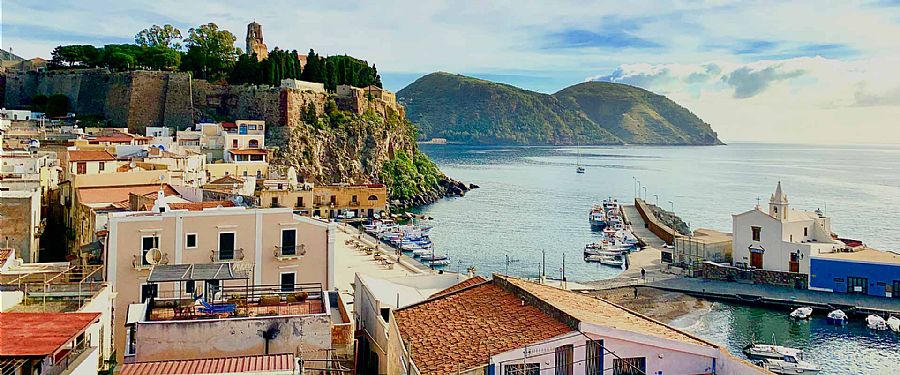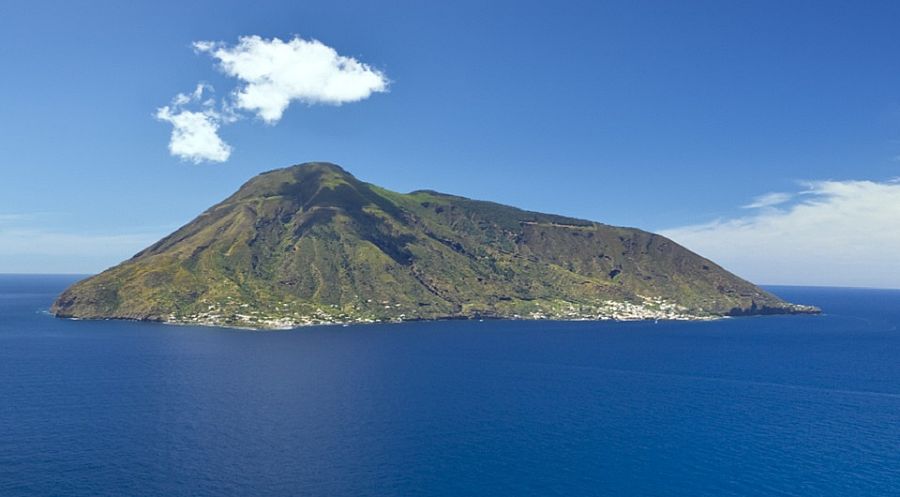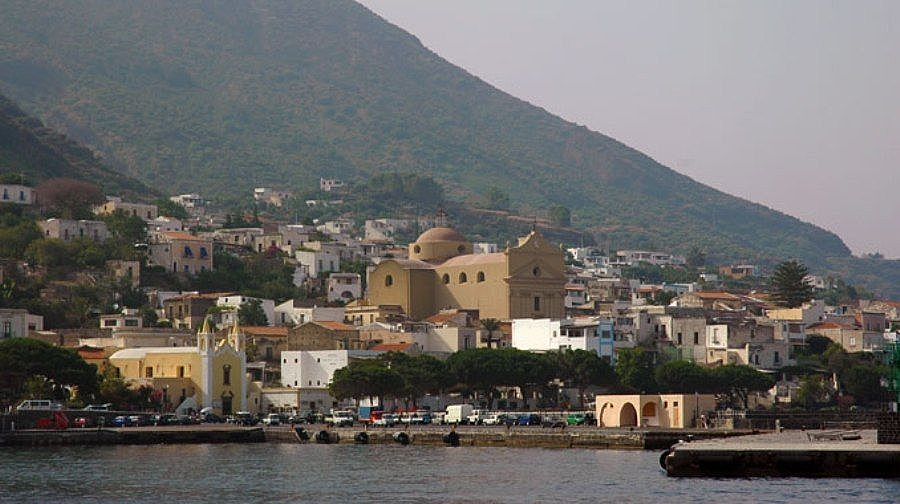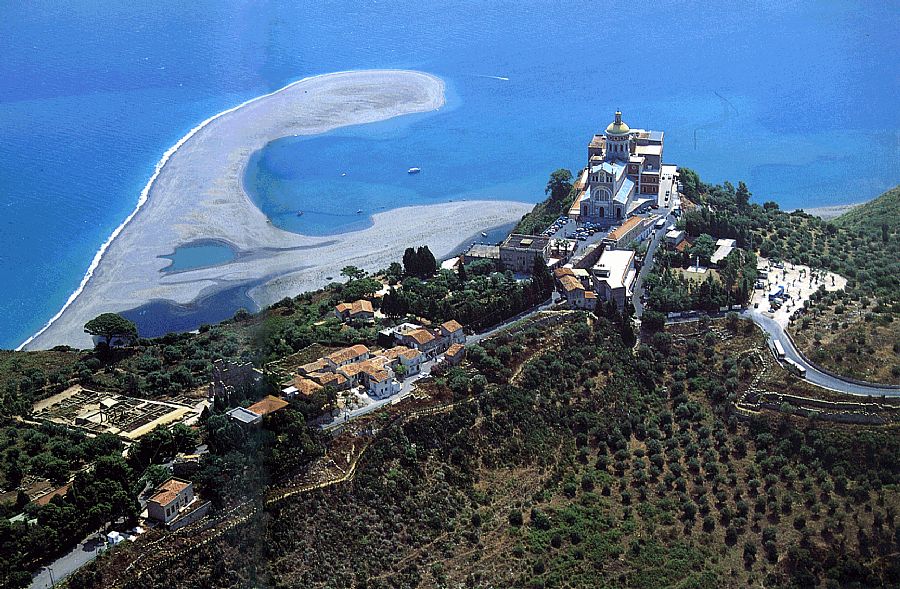Lipari

Gracing the gulf of Milazzo along with six other isles, Lipari is the largest and most populous of the Aeolian islands. It is also the most accessible with ferries from Naples, Reggio Calabria, Palermo, and Vibo Valencia along with Messina and of course Milazzo. Known for its views on its sister islands, its slow rhythm, and lovely landscapes and seascapes, Lipari makes for a great getaway. The gorgeous, clear water, numerous coves and beaches, and unique cream-colored beaches from the volcanic pumice enchant visitors. The island is a UNESCO World Heritage Site, along with the others in the Aeolian archipelago.
Lipari has thousands of years of history, going back to the Greek colonists from Knidos in 580 BC. The settlers established a town in the area that is now called Castello. Agakathokles, a tyrant from Siracusa, sacked Lipari in 304 BC, but is said to have lost all the plunder in a storm at sea. Much of the booty recovered from shipwrecks is now held at the Aeolian Museum. The Romans conquered Sicily and the islands in 251 BC and under Agrippa was a retreat and spa resort. It fell under Arab control in the 9th century; Saracen raids terrorized and killed many islanders, and it was practically abandoned for a period. The Normans took over in 1060 and repopulated the island. Like the rest of Sicily and southern Italy, it was under the dominion of Frederick II and sons, the Angevins, and then the Aragons rule. The Ottoman Barbarossa ("red beard") ransacked it in 1544, enslaving some of the population. When Charles V regained control, he built sturdy walls atop the Greek acropolis, and that fortress stands today.
While the terrain is volcanic, it doesn't have a volcano onboard, like sisters Stromboli and (appropriately names!) Vulcano.
There's much to see here, but you may just want to lounge on a beach, sit on a piazza, and relax! The highest point is Monte Chirica at 602 meters (1,975 feet), and hiking paths meander in many points around the island for those who like to hit the trails. Panoramic overlooks are guaranteed!
Besides the main town of Lipari, there are some villages like Pianoconte, Quattropani, Acquacalda, and Canneto.
The things you should see while you're here include -
The Castello. The massive surrounding walls you can see were built in the 1500s by Carlo V, and there is a mix of styles to enjoy, including the neogothic gallery, grand door with the Bourbon coat of arms, and late Roman fortification. There is an archeology site here, too, with ancient remains that include Roman era buildings, Greek sarcophoghi, and Bronze age huts. Two churches are within the complex, too - Santa Caterina and the Addolorata.
Bay of Acquacalda. A wide arc spreads between two points -Punta Castagna and Punta del Legno Nero. In between them is a popular beach, also called Acquacalda. The bay looks at the islands of Salina and Panarea.
Marina Corta. Below the cathedral, the charming old narrow lanes and waterfront of the little bay are the soul of the city and a beautiful spot to sit at an open-air cafe, stroll on the seaside, and soak in the ambiance. Be sure to visit the Presepe del Mare, a very detailed and whimsical nativity with local scenes and characters.
Cathedral of San Bartolomeo dates back to the Norman period, and has an intriguingly unusual facade and vibrant frescoes in the ceiling cross-vaults. The original Norman cloister that was part of the monastic complex is intact and interesting to see.
Scalinata di Concordata. A wide slanting staircase that connects the lower town with the cathedral above.
Terme San Calogero is the ancient hot springs complex with Roman origins, using the volcanically-heated mineral water.
The Archeology Museum of the Aeolians is definitely worth a visit, too, with its collection of artifacts excavated on the islands.
Ask our staff about self-catering homes in Lipari.

 Amalfi Coast
Amalfi Coast Sorrento Coast
Sorrento Coast Tuscany
Tuscany Cilento National Park
Cilento National Park Lake Como
Lake Como Rome and Latium
Rome and Latium Umbria
Umbria Capri and Ischia
Capri and Ischia Venice
Venice Puglia (Apulia)
Puglia (Apulia) Liguria
Liguria Sicily
Sicily Lake Maggiore
Lake Maggiore Lombardy
Lombardy Sardinia
Sardinia Lake Garda
Lake Garda Abruzzo and Marche
Abruzzo and Marche Calabria
Calabria

